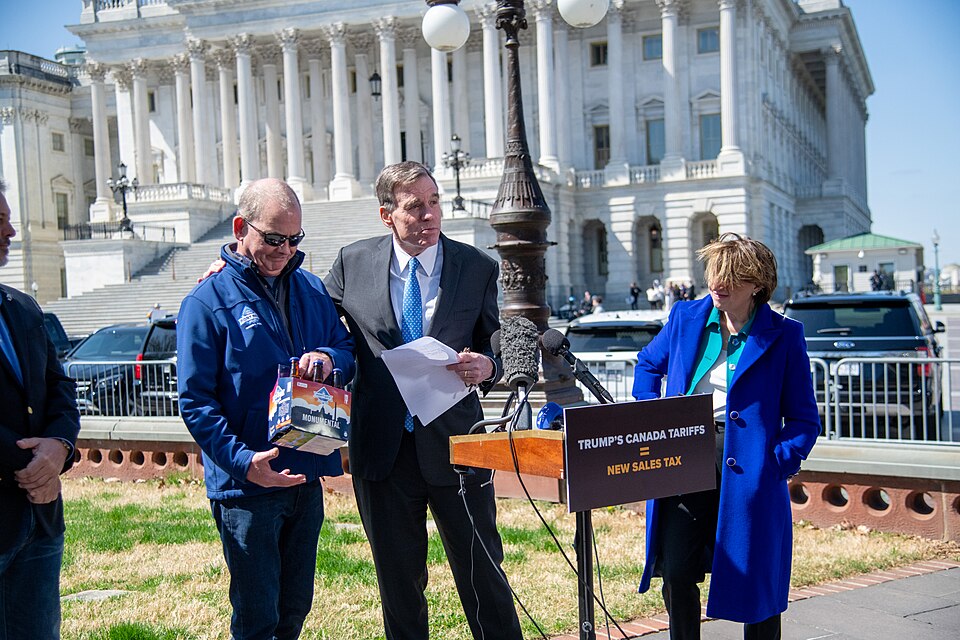Trump Proposes 15-20% Tariff Increase on Global Trade Partners

In a recent press conference held in Scotland, U.S. President Donald Trump announced plans to increase the current baseline tariff of 10% on most international trading partners to a range between 15% and 20%. This proposal signifies a significant escalation in the U.S. trade policy as the country seeks to renegotiate its trade agreements globally, impacting economies like Australia, which is a key trade partner.
During the press briefing, Trump stated, "We're going to be setting a tariff for essentially the rest of the world. That's what they’re going to pay if they want to do business in the United States, because you can’t sit down and make 200 deals". This statement comes amidst ongoing negotiations with various countries, signaling a shift towards a more protectionist approach in U.S. trade policy.
The proposed tariff increase follows a series of previous tariff implementations, including higher "reciprocal" tariffs announced in April 2025, which were put on hold to allow for further negotiations. The ramifications of these potential tariff hikes could be extensive, particularly for Australia, which currently benefits from the existing baseline tariff agreement. Prime Minister Anthony Albanese has previously argued for an exemption based on the Australia-U.S. Free Trade Agreement and Australia’s trade deficit with the U.S. However, the Trump administration has identified certain "non-tariff barriers" as obstacles to trade, including social media payment requirements for news content and specific pharmaceutical pricing regulations.
Experts are divided on the potential consequences of this tariff increase. Dr. Emily Carter, an Associate Professor of International Trade at Stanford University, emphasizes that such a move could lead to retaliatory tariffs from affected countries, destabilizing global trade. She noted, "History has shown that unilateral tariff increases often lead to trade wars, which ultimately harm consumers and businesses alike". Conversely, industry leaders like Michael Thompson, CEO of the National Association of Manufacturers, argue that higher tariffs could bolster domestic manufacturing by making imported goods more expensive, thus encouraging consumers to buy American-made products.
Historically, the U.S. has employed tariffs as a tool for negotiating trade agreements. The Smoot-Hawley Tariff Act of 1930 is a notable example where high tariffs led to severe retaliatory measures and exacerbated the Great Depression. Recent studies, such as the 2022 analysis by the World Trade Organization, indicate that protectionist measures can disrupt global supply chains and negatively affect economies worldwide.
As discussions continue, the Australian government has expressed concerns that the proposed tariffs could undermine the economic recovery from the COVID-19 pandemic. According to a report by the Australian Bureau of Statistics published in May 2025, the Australian economy is still fragile, emphasizing the need for stable trade relations.
In conclusion, while Trump’s proposed tariff increase aims to reshape U.S. trade relations, it raises critical questions about the future of global commerce and the potential for escalating trade tensions. As negotiations unfold, the international community watches closely to gauge the long-term implications of such a policy shift.
Advertisement
Tags
Advertisement




